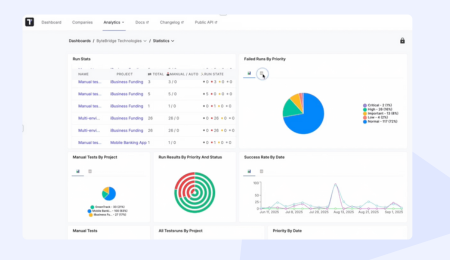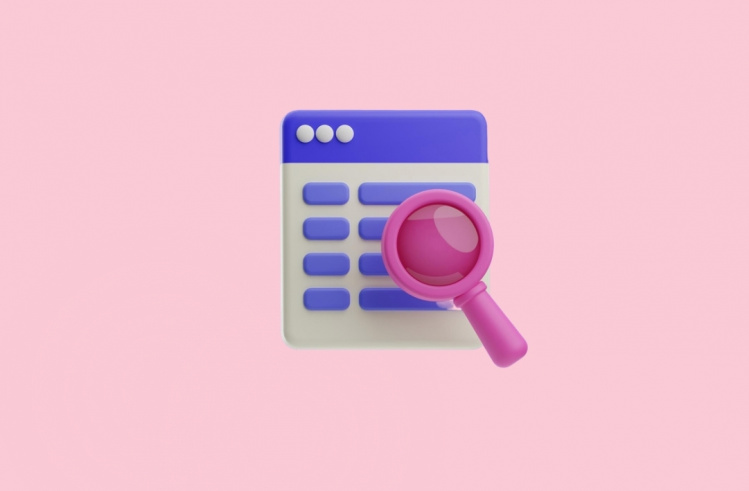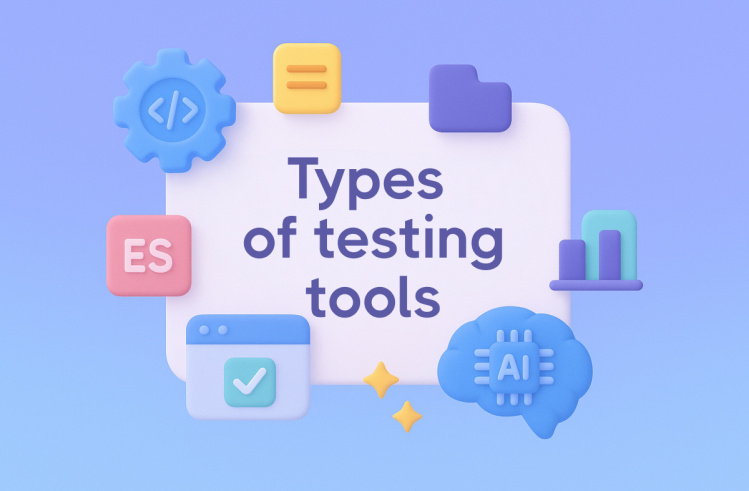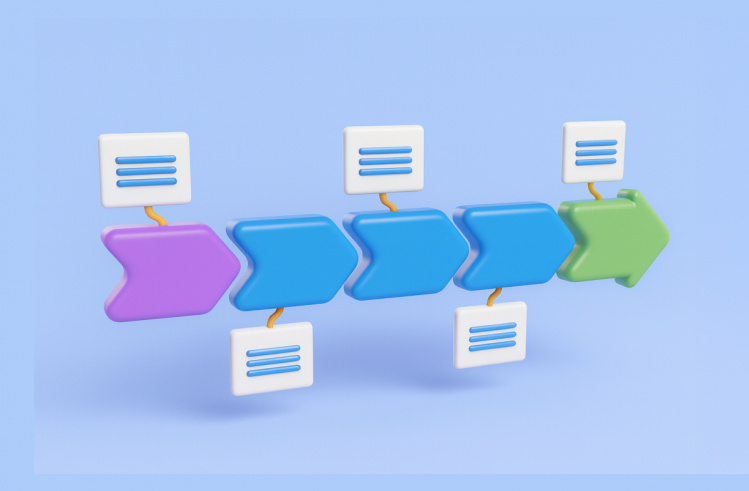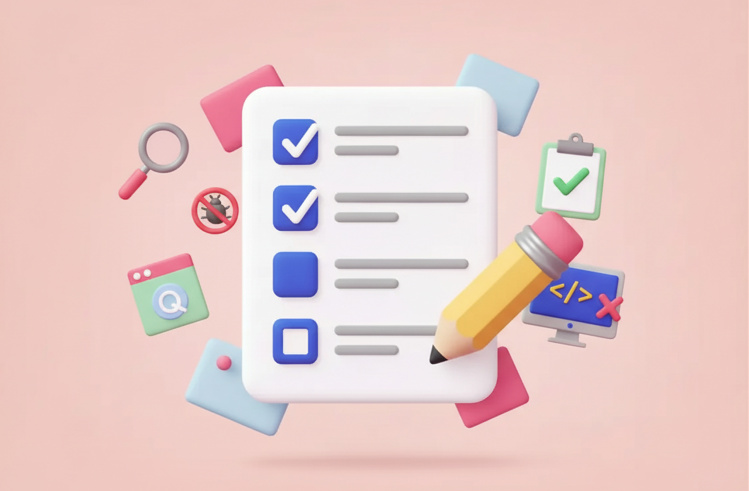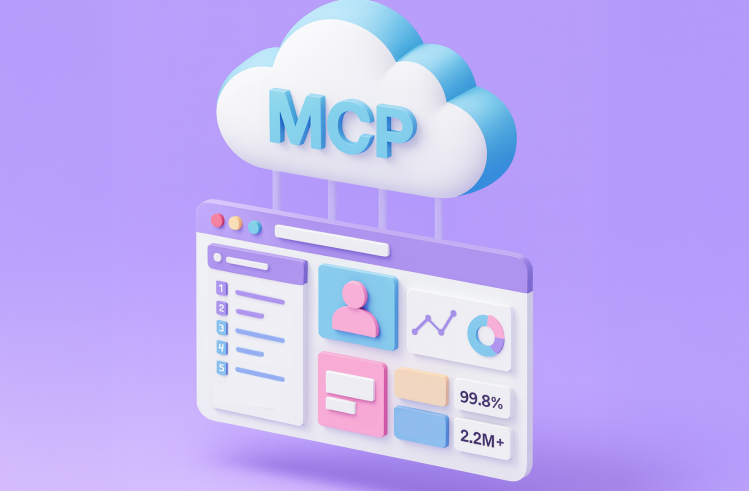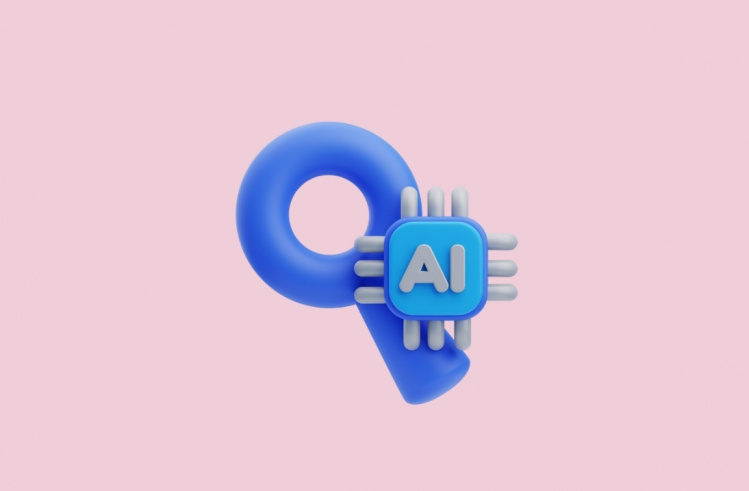The approach builds on the evolution from manual testing to automated testing, aiming to push the boundaries further with intelligent systems that can operate with minimal oversight. His presentations include practical demonstrations of building bots, discussions on the use of AI agents, and reflections on emerging trends shaping the future of testing.
Key Takeaways
- Autonomous testing aims to reduce human effort through AI-driven automation.
- Current work focuses on creating bots that streamline test case generation and reporting.
- The future of testing involves integrating advanced AI agents to enhance capabilities.
Speaker Background
Career and Industry Roles
Marcel Veselka has been involved in software testing since 2004. Over the last three years, he has focused on developing an autonomous testing tool through his startup, VPI WP.io. His work aims to transform test automation into an experience similar to streaming services, where test reports are delivered seamlessly based on user requests.
Personal Perspectives and Interests
Based in Prague, Marcel combines his passion for running and wine with his professional endeavors. He actively explores new testing technologies, including Playwright, and is dedicated to advancing AI-powered test automation. His approach reflects a balance of technical innovation and practical usability.
Overview of AI-Driven Testing Automation
Explanation of Self-Driven Testing
Autonomous testing refers to a testing process that relies heavily on artificial intelligence to reduce human intervention. It is not entirely human-free but focuses on minimizing manual tasks by enhancing automation through AI capabilities.
This approach integrates AI to augment the testing workflow, creating more adaptive and intelligent test execution compared to traditional automation efforts.
Progression of Testing Approaches
Testing began as a manual activity and evolved with the introduction of test automation to improve efficiency and repeatability. Over time, automation matured, becoming a standard practice in software testing.
Recently, the industry is shifting toward autonomous testing, which is viewed by some as an extension of automation powered by AI, while others see it as a transformative leap requiring a complete overhaul of existing methods. This reflects a potential paradigm shift similar to moving from horse-drawn carriages to cars in terms of testing evolution.
WP.io and Its Mission
Long-Term Aspirations
WP.io envisions transforming how software testing results are delivered. Their goal is to create a user experience similar to popular streaming services, but instead of music tracks, users receive tailored test cases and comprehensive test reports generated automatically from a URL. This approach aims to simplify access to essential testing data for users.
Advancements in Automated Test Insights
The company focuses on pushing the boundaries of autonomous testing, blending AI augmentation with automation. WP.io is developing intelligent bots using Playwright to improve test creation and execution. Their work reflects ongoing efforts to move beyond traditional automation toward more adaptive, efficient, and AI-driven testing solutions.
Developing Bots With Playwright
Driving Factors Behind the Project
He began by exploring autonomous testing after many clients expressed interest in advancing beyond traditional test automation. The concept of autonomous testing attracted him because it aims to reduce human involvement while leveraging AI to enhance testing processes.
Autonomous testing is seen as an evolution from manual testing to automation, now entering a phase where AI powers much of the work. He emphasized that it’s less about eliminating humans entirely and more about minimizing manual effort through intelligent tools.
Steps and Progress in Building Bots
The development journey started with the idea of integrating autonomous testing into existing practices. His team founded a startup focused on creating tools that generate test cases and reports automatically from URLs, simplifying user experience.
Recent efforts have included incorporating AI agents to further improve bot capabilities, with demonstrations showcasing how these agents function. The progression is ongoing, with future possibilities still emerging from current innovations.
AI Agents in Testing
Understanding the Idea and Advantages
AI agents in testing represent an evolution beyond traditional test automation by incorporating autonomy and intelligent behaviors. These agents reduce human involvement while enhancing efficiency through AI-augmented processes. Rather than eliminating testers, AI agents assist by automating complex tasks and adapting to testing needs more dynamically.
The shift from manual testing to test automation set the foundation; now autonomous testing powered by AI aims to further accelerate and improve the reliability of testing. This approach is viewed as a potential transformation in the industry, promising faster creation and execution of relevant test cases and detailed test reports with minimal manual setup.
Examples of Use and Implementation
Recent developments have showcased how AI agents can be embedded into testing frameworks like Playwright to build autonomous bots. These implementations demonstrate that AI-driven bots can navigate test scenarios, generate necessary tests automatically from URLs or specifications, and deliver comprehensive insights in real-time.
Practical applications emphasize ease of integration and continuous improvement powered by user feedback and evolving AI capabilities. These demos highlight how autonomous testing is gradually moving from theory to functional tools accessible to testers and development teams.
Future Trends in Testing
Expert Outlook on Testing Evolution
Industry leaders foresee AI-driven testing becoming a standard practice within the next few years. The shift from traditional automation to more autonomous frameworks is expected to accelerate, with many comparing it to a fundamental transformation rather than an incremental improvement. However, some view this as an enhancement of existing processes rather than a complete overhaul.
Key expectations include:
- Widespread adoption of AI-augmented testing tools
- A transition period where human involvement decreases but does not fully disappear
- Improvements in test coverage and speed, leveraging AI agents
Prospects and Challenges Ahead
The potential for autonomous testing offers efficiency gains and deeper insights, but uncertainties remain. Not all innovations will make it through the industry’s natural filtering; some approaches may fail to scale or adapt.
Opportunities:
- Enhanced automation that reduces repetitive manual work
- Integration of AI agents to assist and innovate testing workflows
- New startups and tools pushing the field forward
Uncertainties:
- The timeline for mainstream adoption is still debated
- Risk of solutions becoming “quicker horses” rather than true transformation
- Challenges in fully removing human oversight in critical testing phases
